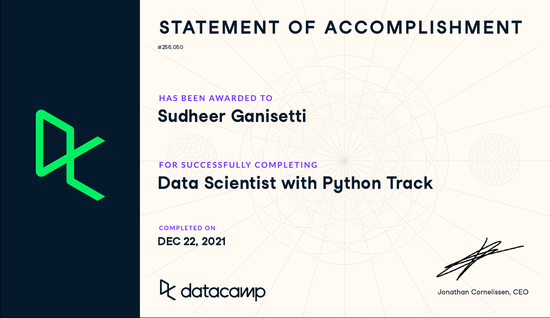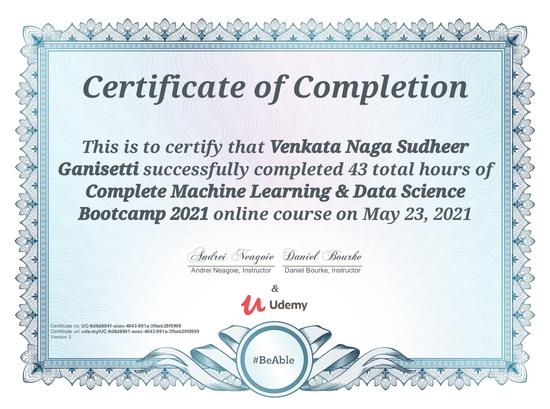Dr. Sudheer Ganisetti
Computational Materials Scientist & Data Science Specialist
About
Dr. Sudheer Ganisetti is a distinguished computational materials scientist and certified data scientist, currently working as a postdoctoral researcher at Aalborg University in Denmark. His research journey spans India, Germany, France, and Denmark, reflecting a deep commitment on conducting cutting-edge research combining computational techniques, data science, and materials engineering, and developing advanced computational models that explore material properties at different scales.
Dr. Ganisetti’s academic path began with a bachelor’s degree in physics, mathematics, and chemistry from Andhra University. His exceptional aptitude was evident early on, as he secured the 25th rank nationwide in the common university entrance test. This achievement paved the way for his master’s in physics at Pondicherry University, where he discovered his passion for materials science and computational physics.
Pursuing his interests further, Dr. Ganisetti obtained a second master’s in materials science and simulations from Ruhr University Bochum, Germany. This program deepened his understanding of multi-scale materials modeling, encompassing electronic, atomic, mesoscopic, and continuum levels. He enhanced his programming proficiency, particularly in Python and C, developing sophisticated computational tools for materials analysis.
Dr. Ganisetti’s doctoral research at the University of Erlangen focused on the study of structure-property correlations in silica glass through atomistic simulations. He became a co-developer for the German-originated molecular dynamics code IMD. His subsequent roles included research positions at IIT Delhi, India, as a Research Scientist, where he developed classical force-fields for Strontium Alumino Silicate Glasses and explored machine learning force-fields for silica glass, and as a Research Engineer at CNRS laboratories in Metz, France, contributing to advanced materials research.
Currently, at Aalborg University, Dr. Ganisetti is working in the group of Prof. Morten Smedskjaer on the ERC-funded “NewGLASS” project. His work involves developing machine learning force-fields (MLFFs) for alkali silicate glasses and studying composition-structure-property correlations. Throughout his career, Dr. Ganisetti has consistently pushed the boundaries of computational modeling and materials science, demonstrating a unique ability to transform complex computational challenges into innovative scientific solutions. His work aims to bridge fundamental scientific understanding with technological innovation. As a computational materials scientist, his research contributes to various industries, including glass, aerospace, energy, electronics, biomedical, and chemical processing.
Download Resume
- Implement Computational Modeling Techniques for Materials Across Different Applications
- Design and Optimize Algorithms for Scientific Simulations and Big Data Processing
- Utilize High-Performance Computing for Large-Scale Materials Simulations and Data Processing
- Create Data Pipelines and Visualization Tools for Materials Informatics
- Develop Machine Learning Models for Material Property Predictions and Data Analysis
- Apply AI and Deep Learning Methods to Solve Complex Materials Science Challenges
Skills
Programming Skills
Python
90%
C
90%
SQL
80%
C++
40%
Fortran
50%
R
50%
BASH Scripting
90%
AWK Scripting
90%
MPI Programming
40%
Python Modules
NumPy
90%
Matplotlib
90%
Pandas
90%
Scikit-learn
80%
SciPy
60%
Django
40%
Scientific Softwares
IMD
90%
LAMMPS
90%
GULP
60%
DL_POLY
60%
LibAtoms
50%
VASP
60%
QuantumEspresso
60%
Potfit
75%
ThermoCalc
40%
OpenPhase
70%
ABAQUS
40%
Operating Systems
Linux Desktop
90%
Linux Server
90%
Windows Desktop
90%
Graphical Editors
Inkscape
90%
GIMP
80%
CorelDraw
80%
Plotting Tools
gnuplot
90%
matplotlib
90%
xmgrace
70%
Version Controls
GIT
90%
SVN
90%
Text Processors
LaTeX
90%
Microsoft Office
90%
Linguistic Skills
English
80%
German
35%
Telugu
90%
Education
- Thesis: Atomistic Simulations of Silica Glass: Topological Anisotropy & Mechanical Properties
- Advisor: Prof. Erik BITZEK
Experience
Responsibilities include:
- Generated DFT datasets and trained Machine Learning Force Fields for oxide glasses
- Studied composition-structure-property relationships using MLFF as part of the ERC-funded NewGlass project
Responsibilities include:
- Developed routines to use MEAM pair styles in LAMMPS to perform efficient Monte Carlo Simulations under Semi Grand Canonical Ensemble
- Developed routines to use MEAM pair styles in LAMMPS to perform efficient Monte Carlo Simulations under Semi Grand Canonical Ensemble
Responsibilities include:
- Generation of DFT data to prepare machine learning force-fields for MD simulations
- Implementation of machine learning algorithms for fitting the force-fields
- Validattion of the machine learning force-fields by computing various properties for oxide glasses
- Computated NMR parameters for oxide glasses
- Generated classical force-fields for Strontium Alumino Silicate Glasses
Responsibilities include:
- Prepared glass samples using MD and DFT simulation methods
- Studied the role of CaF on structure, biocompatibility, and anti-bacterial properties of bio-glasses
- Computed structural, dynamical, transport, and mechanical properties for various crystalline and amorphous materials
- Written more than 100 tools in python, C, bash, and awk for computing and analyzing several glass properties (few of them can be found in github)
- Generated works for several projects
- Implementing machine learning algorithms to fit the force-fields for amorphous materials
Responsibilities include:
- Atomistic Simulations were performed to study topological anisotropy of glasses under the framework of ‘Topological Engineering of Ultra-strong Glasses’ sponsered by the German Science Foundation (DFG)
- As a co-author of software package IMD, a polarizeable potential model was implemented using c programming language for performing moelcular dynamics simulations
- Written scripts in python, C, bash and awk for computing and analysing several glass properties
- Served as an adminstrator for a high-performance workstations dedicated for visualization purposes at chair of general materials properties, University of Erlangen
- Prepared and presented scientific reports and talks in seminars and international conferences
Responsibilities include:
- Analyzed the effect of silicon on the diffusion path of carbon in steel using Ab-initio Density Functional Theory (DFT) simulations
- Optimized the shape of a bridge on the banks of a river to withstand high mechanical loads by solving the moving boundary problem using Phase Field simulations, subroutines were writen in c programming language
Responsibilities include:
- Taught physics to the 1st, 2nd and 3rd year students of Bachelore of Science
- Supervised the laboratory experiments and prepared study materials for the students
Projects
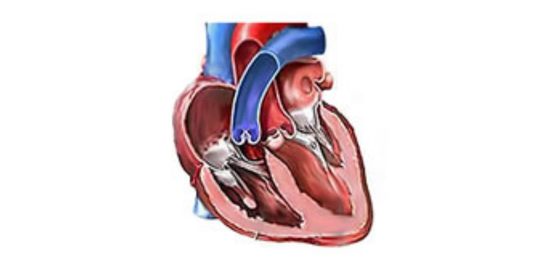
Machine Learning
Identification of heart disease - Supervised Learning
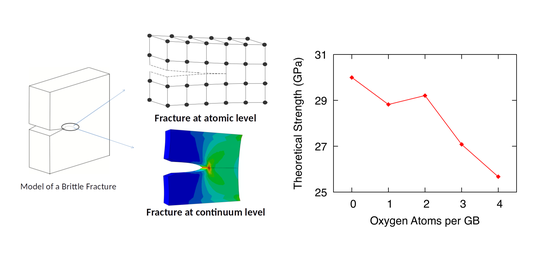
Multiscale Modelling
Multiscale Modelling of the influence of Oxygen …
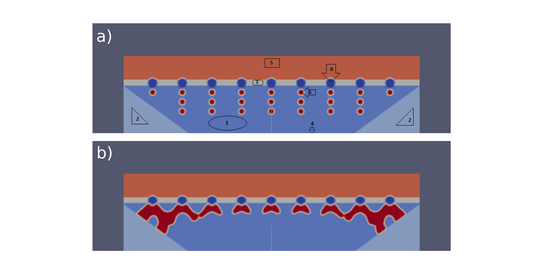
Phase Field
Building of Bridges using Phase Field Method
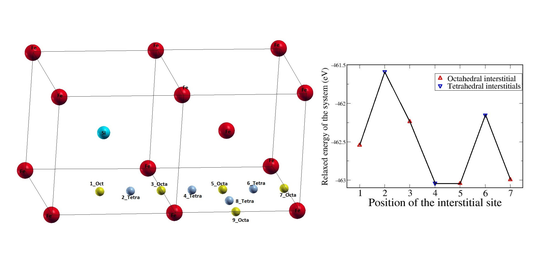
DFT
Diffusion of Carbon in High Silicon Steel
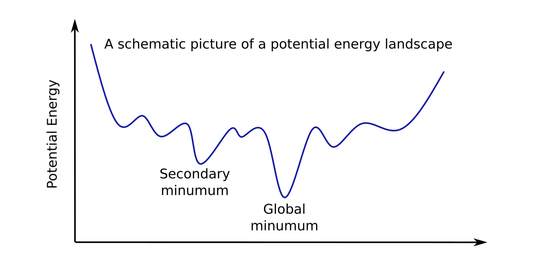
Monte Carlo Simulations
Simulated Annealing Of A Finite System
